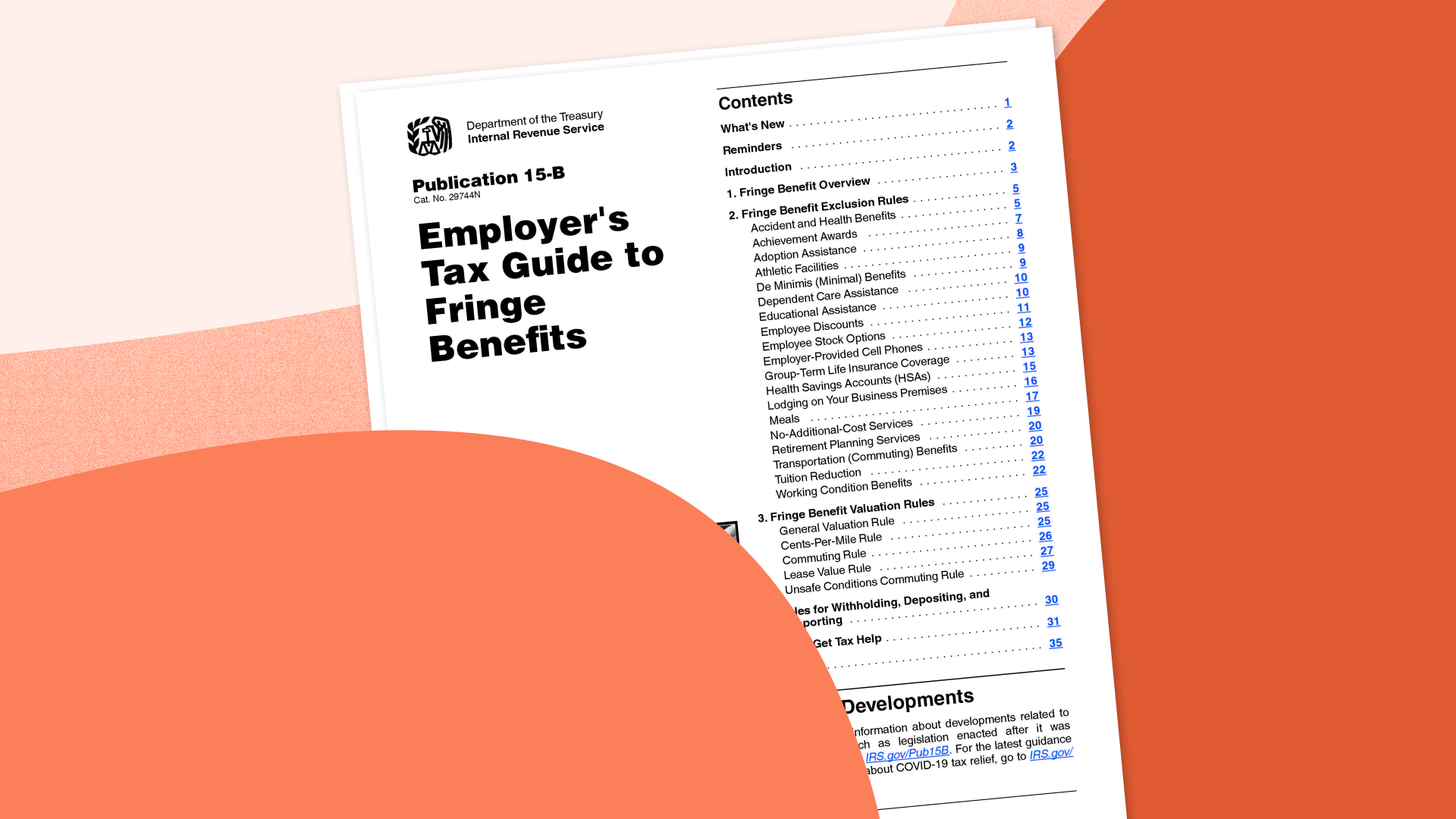Understanding Your Company’s Financial Health
Among the myriad of financial documents that drive decision-making and strategic planning, one stands out as a beacon of clarity: the profit and loss statement.
Often referred to as the P&L statement or income statement, it's a snapshot of a company's financial performance over a specific period. Let's delve into what makes this document so crucial and how to decipher its insights.
What is a Profit and Loss Statement?
Imagine the P&L statement as a financial X-ray, revealing the inner workings of a business's revenue and expenses. In a profit and loss statement, you can expect to see a company's revenues and expenses over a given period of time to track a company’s financial performance monthly, quarterly, or annually. It is divided into two main sections, the top line—revenue—and gradually subtracts various costs to arrive at the bottom line—net income or net loss.
Revenue Analysis
At the heart of any P&L statement lies revenue analysis. This section details the income generated from sales, services, or other business activities. It's the lifeblood of the organization, showcasing the effectiveness of its core operations.
The revenue section is divided into different categories, such as product sales, service revenue, and other income. This allows businesses to track their different sources of revenue and identify which areas are performing well and which may need improvement. Analyzing revenue trends can uncover patterns, such as seasonal fluctuations or the impact of marketing campaigns, providing valuable insights into business performance.
Expense Analysis
On the flip side, expense analysis scrutinizes where the money goes. This includes all the costs incurred by the company in order to generate revenue. From salaries and rent to marketing expenses and supplies, every dollar spent is accounted for. Expenses can be divided into two main categories: operating expenses and non-operating expenses.
The importance of the P&L statement cannot be overstated. It serves as a financial compass, guiding businesses toward profitability and sustainability. By tracking revenue and expenses, stakeholders gain a clear understanding of the company's financial health and can make informed decisions about investments, expansions, or operational changes.
Deciphering the Numbers: How to Analyze a Profit and Loss Statement
Analyzing a P&L statement involves more than just glancing at the bottom line; it can provide valuable insights into a company’s financial health. Here's a step-by-step guide to unlocking its insights:
Revenue Trends: The first thing to look for when analyzing a profit and loss statement is revenue trends. Are revenues increasing or decreasing over time? Are there any seasonal patterns in revenue? By identifying revenue trends, businesses can make informed decisions about their future strategies.
Expense Breakdown: Next, it is important to analyze the expense breakdown. Are there any areas where expenses are consistently high? Are there any areas where expenses have increased significantly compared to previous periods? You can break down expenses into categories to pinpoint areas of high spending and compare expenses to industry benchmarks.
Net Income or Net Loss: The bottom line of a profit and loss statement is the net income or net loss. This is the difference between revenues and expenses and is a key indicator of a company's financial health.
Comparison to Previous Periods: Finally, it is important to compare the current profit and loss statement to previous periods. This can help identify any significant changes in revenue or expenses and provide insights into the company's financial performance over time.
By delving into revenue and expense analysis, stakeholders can make informed decisions, drive growth, and navigate the complexities of the business world with confidence.
Whether it’s streamlining expense tracking, optimizing revenue streams, or interpreting complex financial metrics, Justworks empowers organizations to navigate the intricacies of the business landscape with ease. So, next time you're faced with a P&L statement, remember: it's more than just numbers—it's the story of your company's financial journey. Get started today.
Check out our newsletter
Monthly tips on running a business in your inbox.
Check out our newsletter

Learn more with Justworks’ Resources
Scale your business and build your team — no matter which way it grows. Access the tools, perks, and resources to help you stay compliant and grow in all 50 states.






